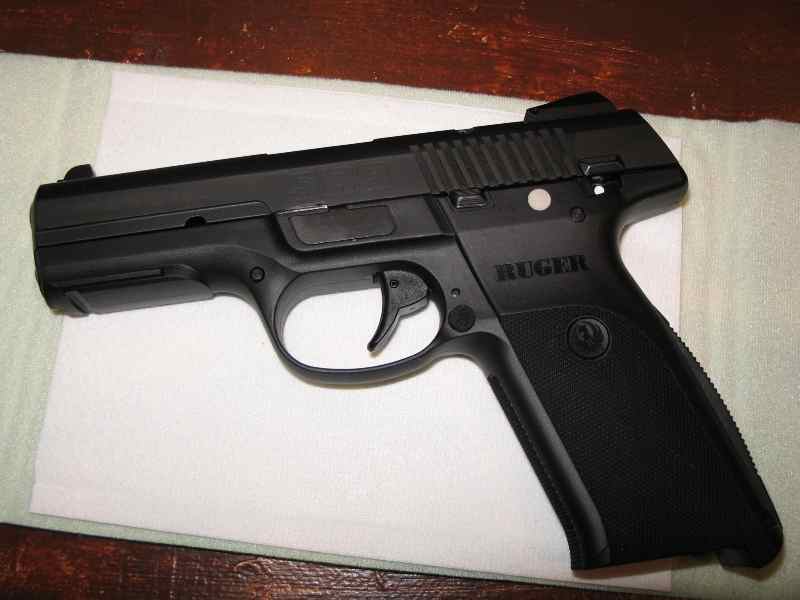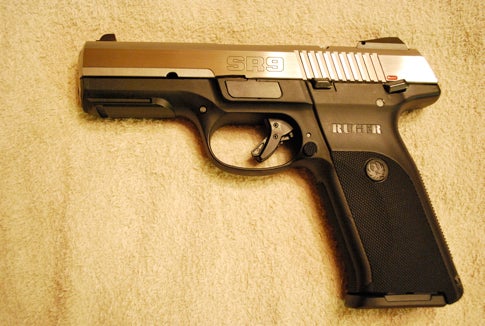Evil Monkey
New member
Glock wants to call it "snag resistant", well fine then. The other designs sure as hell don't look "snag resistant".
M&P for example

M&P for example


yet a 3# 1911 trigger with the safety off, is somehow safer, and free of the same problems?
I haven't done testing on designs like that nor do I know the specific details of how the internal passive safety systems on guns like that work.The other designs sure as hell don't look "snag resistant".
I was just asking a question in general. Want to take a stab at it?If that was directed towards me, I never said that.
Why mess with the simplicity of "perfection"?As a business question, I’m surprised that Glock doesn’t offer their guns with or without safeties like several other gun manufactures do
Next would be because the frame isn't made of metal!Not to say it needs one but I know several people that are experienced 1911 shooters that like my Glocks but wont own one because they don’t offer one with a safety.
In the context of that comment, it is interesting to note that the Ruger SR series initially came out with a hinged trigger safety design but then Ruger recalled them and replaced the hinged triggers with a Glock-style trigger safety.


You train to have good trigger control (sorry, no train necessary guys)
...
Even if you do train, you can forget to flip it off when you need to shoot. Not me - you sez but I've seen high end folks do this. OOPS.
It has been shown (Heim et al.) that training reduces the incidence of stray finger syndrome, but it doesn't eliminate it.
No.So people can't remember to KYFFOTFT but somehow they can remember to take a safety on and off?
